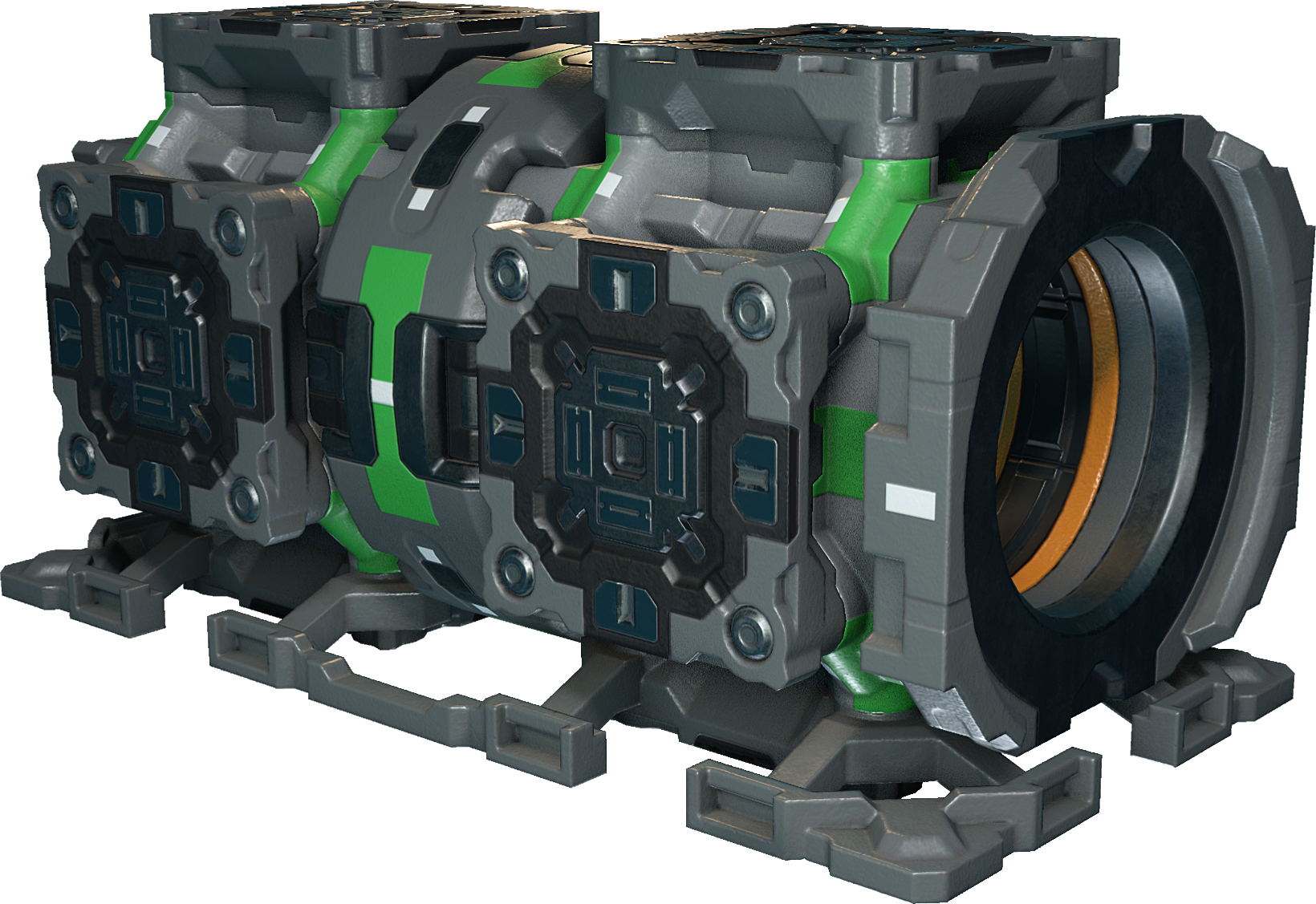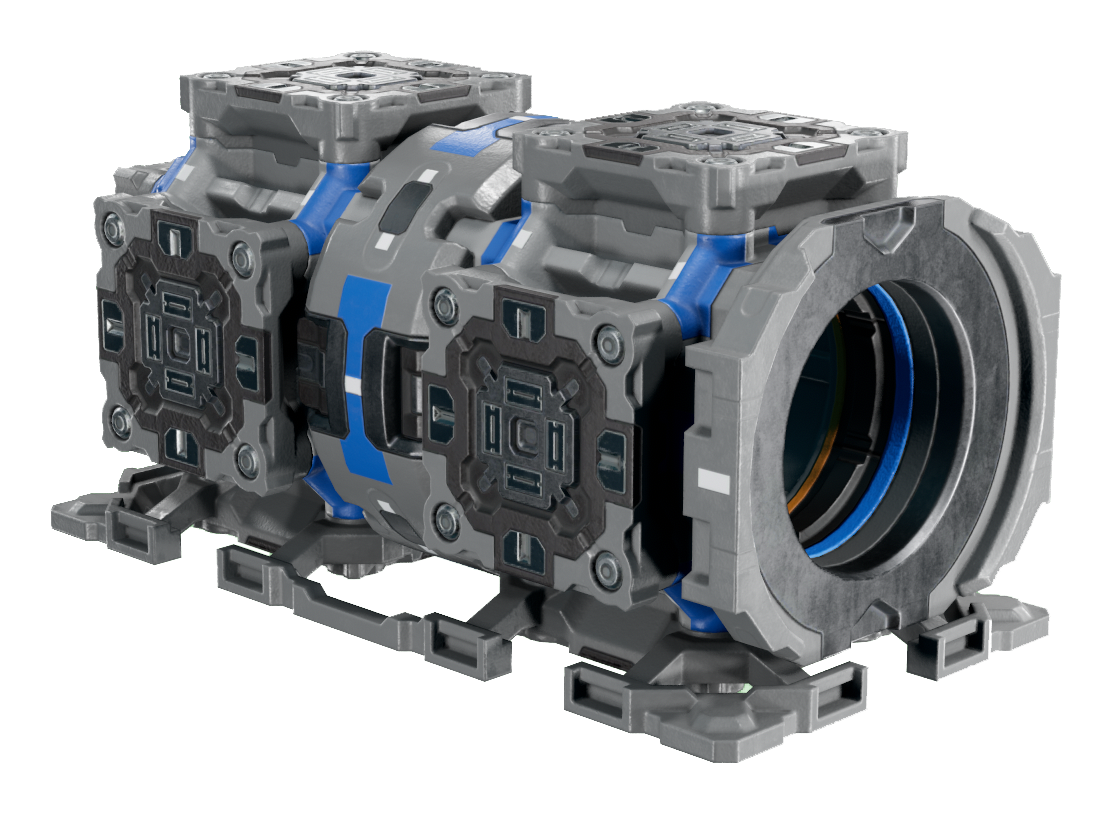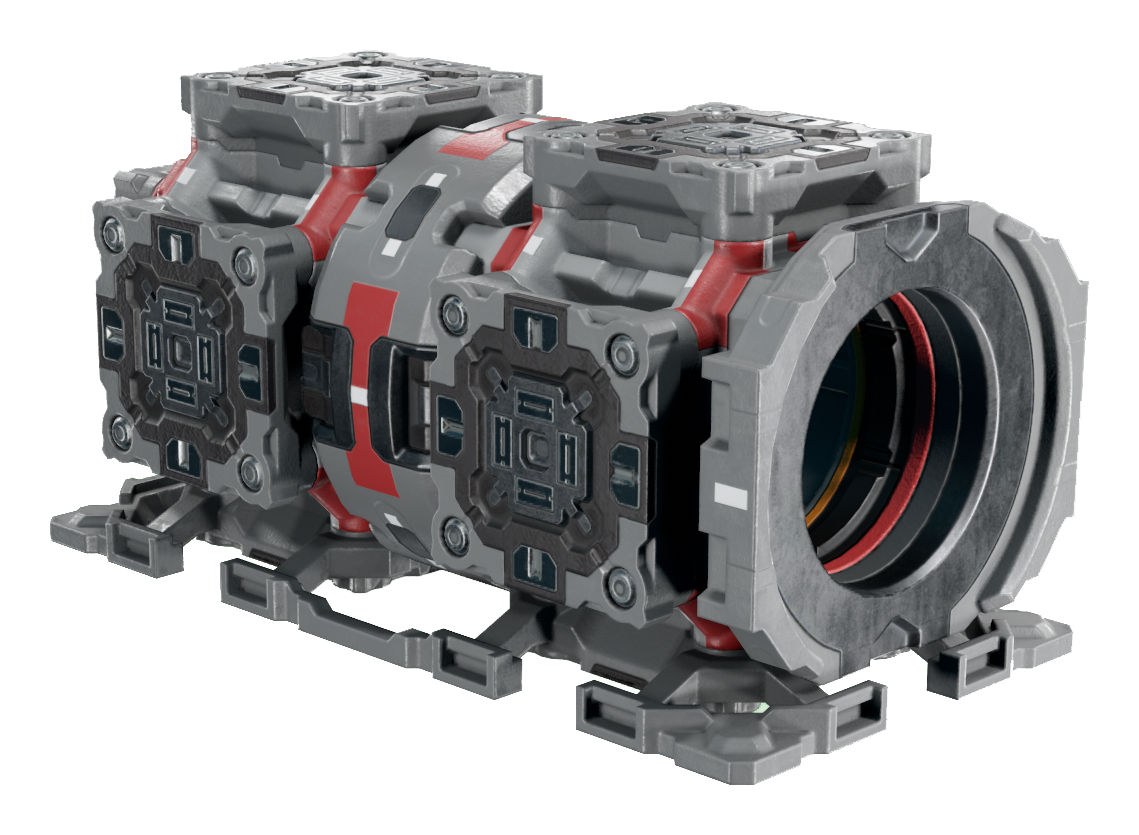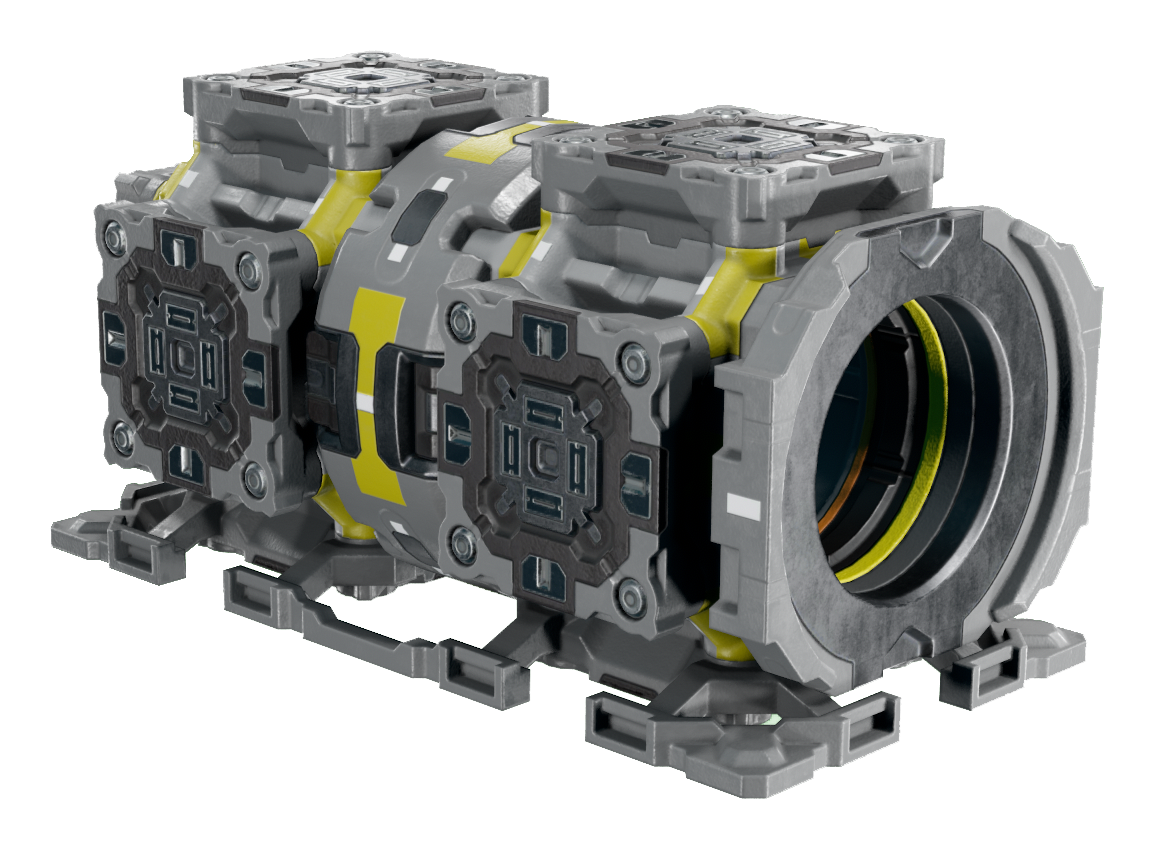Difference between revisions of "Fuel chamber"
Jump to navigation
Jump to search
(updated mass amounts) |
m (updated kg weight of the t1,t2,t3) |
||
| Line 55: | Line 55: | ||
|{{SB Infobox Device General Information | |{{SB Infobox Device General Information | ||
|mass= | |mass=7622 | ||
|volume=765.83 | |volume=765.83 | ||
|size=192×96×96 cm | |size=192×96×96 cm | ||
| Line 84: | Line 84: | ||
|{{SB Infobox Device General Information | |{{SB Infobox Device General Information | ||
|mass= | |mass=7404 | ||
|volume=765.83 | |volume=765.83 | ||
|size=192×96×96 cm | |size=192×96×96 cm | ||
| Line 114: | Line 114: | ||
|{{SB Infobox Device General Information | |{{SB Infobox Device General Information | ||
|mass= | |mass=6724 | ||
|volume=765.83 | |volume=765.83 | ||
|size=192×96×96 cm | |size=192×96×96 cm | ||
Revision as of 17:37, 13 November 2021
Fuel chambers are an integral part of generators, as they convert raw fuel from fuel rods and deliver processed fuel to generator units. Their conversion efficiency can be significantly increased with enhancers.
Basic Usage
- NOTE! tier 1 generator parts are not compatible with Tier 2 or 3. This means that a Tier 1 Fuel chamber cannot feed Tier 2 or Tier 3 generators, and Tier 1 generators cannot accept exorium (tier 2) fuel.
- Tier 2 and tier 3 parts are compatible, for example you can use Tier 2 fuel chambers with Tier 3 generators and have no compatibility issues.
- Receives Raw Fuel from the fuel rod and converts it to Processed Fuel.
- This process also generates Heat.
- Distributes Processed Fuel to generator units.
- There are nine connectors, two on each long side and one on the "back" side of the chamber.
- Other modules can be attached to the connectors.
- Fuel chambers produce heat proportional to their unit rate.
- See heat and cooling for more info.
- T1 fuel chambers require a nhurgite fuel rod, T2 and T3 fuel chambers require an exorium fuel rod.
- One fuel rod can support three generator units, or 3000 (3750 for T3) units of electricity per second, without enhancement.
- If an enhancement effect is used on the fuel chamber, the efficiency rate of processing Processed Fuel from Raw Fuel increases.
Types
Tier 1 fuel chamber
Size 192×96×96 cm
Mass 7622 kg
Volume 765.83 kv
Corrosion resistance 300
Primary material Bastium
Input / Output
Fuel input 90 per second (raw)
Fuel output 75 per second (refined)
Modular interfaces 9
Enhancement effect
- 66% efficiency (1x)
- 100% efficiency (2x)
- 116% efficiency (3x)
Composition
Tier 2 fuel chamber
Size 192×96×96 cm
Mass 7404 kg
Volume 765.83 kv
Corrosion resistance 380
Primary material Aegisium
Input / Output
Fuel input 60 per second (raw)
Fuel output 75 per second (processed)
Modular interfaces 9
Enhancement effect
- 100% efficiency (1x)
- 150% efficiency (2x)
- 175% efficiency (3x)
Composition
Tier 3 fuel chamber
Size 192×96×96 cm
Mass 6724 kg
Volume 765.83 kv
Corrosion resistance 485
Primary material Ymrium
Input / Output
Fuel input 60 per second (raw)
Fuel output 75 per second (processed)
Modular interfaces 9
Enhancement effect
- 100% efficiency (1x)
- 150% efficiency (2x)
- 175% efficiency (3x)
Composition
Device fields
| YOLOL field | Description | Range |
|---|---|---|
| FuelChamberFuel | The amount of fuel currently available in this chamber's fuel rod | 0 - 300000 |
| FuelChamberMaxFuel | Maximum amount of fuel that can be stored in this chamber's rod, zero if no rod | 0 - 300000 |
| FuelChamberConversionRate | Fuel Chamber conversion rate, 0-135 in tier 1 and 0-60 in tier 2-3 chambers | 0-135 or 0-60 |
| FuelChamberUnitRateLimit | Upper limit for conversion rate for this fuel chamber, as a percentage. | 0 - 100 |
| FuelChamberUnitRate | Current conversion rate for this fuel chamber. Conversion is being performed at 1 conversion * this percentage per second | 0 - 100 |
To learn more about how to use fields, consult these wiki pages:



